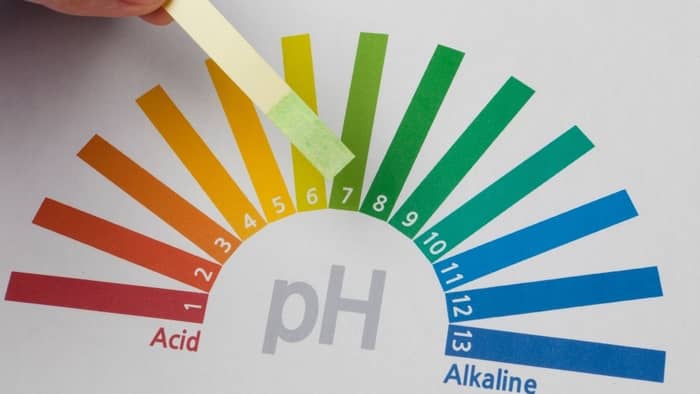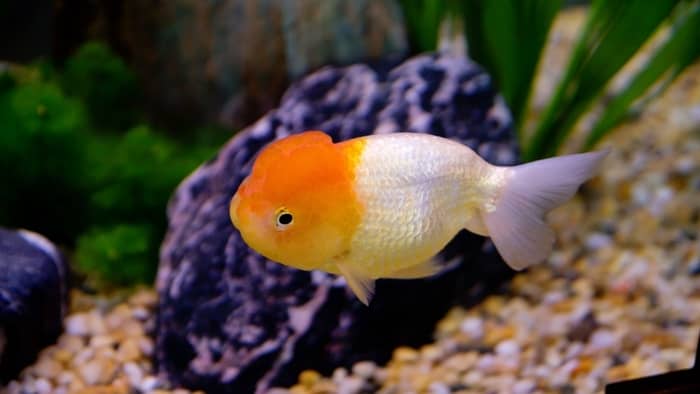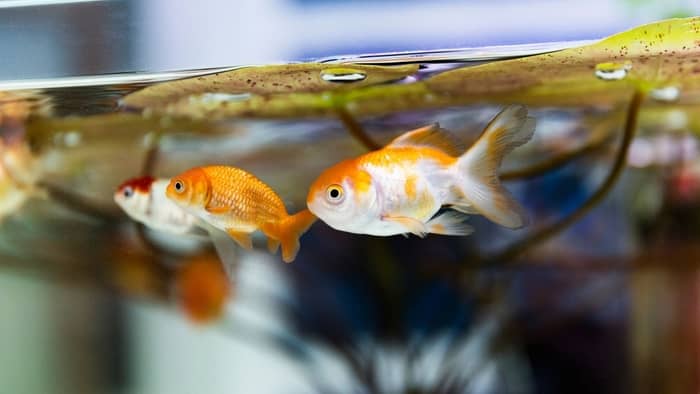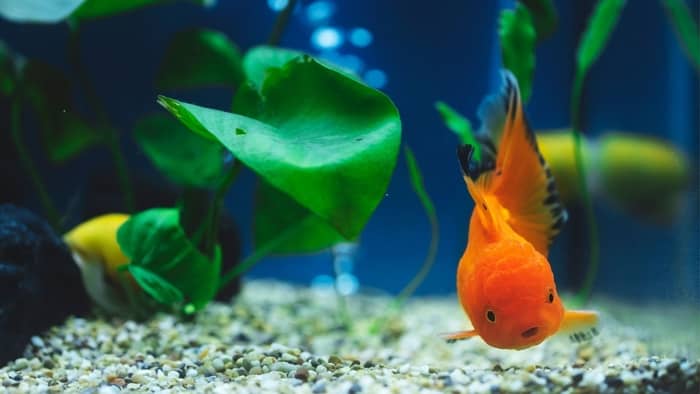Last Updated on April 11, 2022 by admins
What causes pH to rise in the aquarium? Are driftwood, substrate, rocks, and living plants the only causes? Stay with us and find out.
While not a thing we often think about, almost all liquids, including water, have a pH level. Its role in the aquarium tank is crucial since it can have a huge impact on the overall health of your fish and plants.
High pH in aquariums happens to almost every aquarist; therefore today we will answer the question “what causes pH to rise in the aquarium”. Stay with us and learn how to avoid all the inconveniences that can result from this imbalance.
What Exactly Is pH?
To answer the question of what causes pH to rise in the aquarium, it is first necessary to clarify what exactly pH is. Thus, pH is simply the quantitative measure of the acidity or basicity of aqueous or other liquid solutions. Accordingly, a solution with a pH less than 7 is considered acidic; and on the other hand, a solution with a pH greater than 7 is considered basic, or alkaline.
This measurement was originally used by Danish biochemist S.P.L. Sørensen. He wanted to present the concentration of hydrogen ions, expressed in equivalents per liter, of aqueous solution: pH = −log [H +].
As for the calculation, it is performed as an inverse, base-10 log total hydrogen ion concentration. Furthermore, solutions having higher hydrogen ion concentration will have a lower pH and a shift of 1.0 on the pH scale, and therefore, such as 6.0 to 7.0, represents a 10x change in the hydrogen ion concentration.
Disruption of this process can have serious consequences for the overall health of your underwater world. Depending on your species, your fish may have a wide range in tolerating imbalances. Many marine fish species are known for very low pH tolerances, unlike some species such as goldfish have a fairly high tolerance threshold for elevated pH levels.
Most people, especially beginners in this hobby, are wondering what causes pH to rise in the aquarium, so we will talk about that in more detail now.
What Are The Symptoms Of High pH In Fish Tank?
Fish Symptoms
The unusual behavior of your fish may be the first indicator of a change in the pH levels of your aquarium water. Classic symptoms include excessive excitement, swimming quickly and chaotically, popping, and intentional injury (scratching). In addition, you should be able to notice some bodily changes such as widespread fins, slimy gills, as well as overall lethargy, and difficulty breathing.
Environmental Symptoms
One of the symptoms of increased alkalinity in your tank is the sudden expansion of green algae on the walls and ornaments in the fish tank. Unfortunately, this can be a disaster for the inhabitants of your aquarium.
What Causes pH To Rise In The Aquarium?
There are a handful of likely reasons why there is an increase in pH levels, since more activity, including algae, fish, and invertebrates, dumps more hydrogen ions into a solution.
As for the level, the acceptable ones are somewhere between 6.8 and 7.6, with 7.0 being the neutral point. Also, the levels will vary and they will increase and decrease quite regularly. Continue reading to find out key information about what causes pH to rise in the aquarium.
It is important to emphasize that most of the time, high pH originates from your water source. So it depends on the location as well as the form of filtration you have in your home. Also, if you are using additives to manipulate your pH to accommodate certain fish species, keep in mind that water needs to be tested as well. It is not advisable to rely solely on what the bottle prescribes unless you are starting with RO water.
The second most common cause is your plants and algae, or their (in) activity. Since they survive on the dueling processes of photosynthesis and respiration, this is one of the answers to the question of what causes ph to rise in the aquarium. Thus, cellular respiration and photosynthesis have a direct impact on raising pH levels.
An ineffective or old filter can also be a cause of problems, as fish waste and other broken down organic usually keep pH levels elevated.
In addition, various substrates may also be leeching cations into your water, which ultimately also results in high pH in a new aquarium but also in already established ones. Therefore, make sure you are using an appropriate substrate for your species and tank setup. Therewithal, some calcium-rich materials such as stones and rocks dissolve and mix into the water while increasing pH levels.
In Conclusion
Neither too much nor too little, as in everything else, balance is very important in this hobby. It is important not to allow the water in your aquarium to become too acidic as this could have detrimental effects on your aquatic friends.
Now you know what causes pH to rise in the aquarium. Do you have any tips or tricks for reducing high pH levels? Share them with us in the comments.
FAQs
What Causes pH To Rise In A Saltwater Aquarium After Water Change?
Natural seawater contains many chemicals such as bicarbonate, calcium, borate, and hydroxide. They all tend to act as “buffers” in order to protect against changes in pH. Accordingly, when you keep a saltwater aquarium you need to maintain these chemicals to have stable pH levels.
If after changing the water you notice that your Ph is high, you can try adding vinegar or carbon dioxide to the tank. You can add one mL of distilled white vinegar per gallon of tank water, or add six mL of bottled soda water per gallon of tank water.
How Do I Lower The pH In My Aquarium Quickly?
These are the best and same fastest options for reducing pH levels in your aquarium tank:
- Osmosis filter
- Adding natural stuff to the aquarium such as natural driftwood
- Regular cleaning and maintenance of the aquarium tank
- Adding natural peat moss and almond leaves



